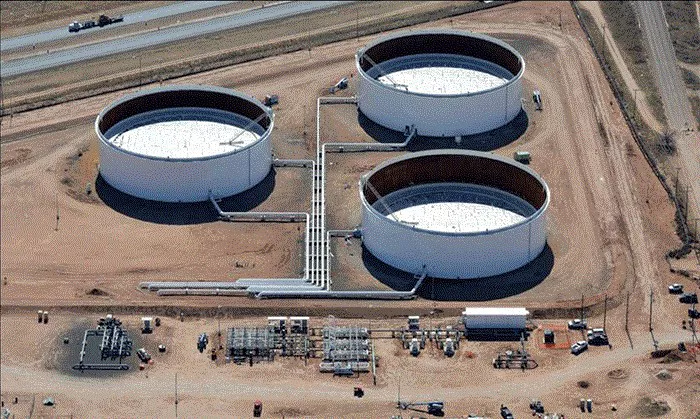On Wednesday (May 28th), the US dollar rose slightly against the Canadian dollar in the early Asian trading session, trading above 1.38. The strong performance of US consumer confidence data has driven the US dollar stronger, and market focus has shifted to the subsequent policy direction of the Federal Reserve.
Fundamental Analysis
US Economic Data: The US economic data were mixed but overall supported the performance of the dollar. The Conference Board’s consumer confidence index in the United States rose sharply from 86.0 (revised) in April to 98.0 in May, indicating a rise in optimism among American consumers, which provided broad support for the US dollar. Although durable goods orders declined by 6.3% month-on-month in April, lower than the previous value of 7.6% growth (revised down from 9.2%), the figure was still better than the market expectation of a 7.9% decline.
Federal Reserve’s Hawkish Stance: Minneapolis Fed President Kashkari said on Tuesday that officials should keep interest rates stable until the impact of tariffs on inflation becomes clearer.
He warned that the impact of supply price shocks should not be ignored, and this hawkish stance provided additional support for the US dollar.
Crude Oil Prices and the Canadian Dollar: The pressure on crude oil prices has exerted pressure on the commodity currency, the Canadian dollar, creating favorable conditions for the upward movement of the USD/CAD exchange rate. As the largest oil exporter to the United States, the Canadian economy is closely related to crude oil prices. The market is closely watching the upcoming release of Canada’s first-quarter GDP data, and it is expected that the year-on-year growth rate will slow from 2.6% to 1.7%. If the data is unexpectedly strong, it may boost the Canadian dollar in the short term.
Technical Analysis
Daily Chart Analysis: The USD/CAD pair is testing key technical levels. The exchange rate is currently operating around the 1.38 level, close to the Bollinger Bands’ middle track at 1.3865. It faces a significant resistance of 1.3870 above, and the higher resistance is located at the upper Bollinger band of 1.4007. For the support below, first pay attention to the horizontal line of 1.3730. Once it breaks through, it will test the lower Bollinger bands of 1.3722.
MACD Indicator: The MACD indicator shows that the DIFF line is at -0.0044, the DEA line is at -0.0038, and the MACD histogram is -0.0010, indicating that the bearish momentum has weakened somewhat. The distance between the MACD line and the signal line has narrowed, suggesting that a cash cross signal may occur.
RSI Indicator: The RSI indicator reading is 43.4988, which is in a neutral to weak range and has not yet entered the oversold zone, indicating that there is still room for downward movement. However, the RSI has rebounded from its previous low point, indicating that a technical rebound may occur in the short term.
Market Sentiment Observation
The current market sentiment shows a cautiously optimistic trend. The significant improvement in US consumer confidence reflects economic resilience, and the hawkish remarks of Federal Reserve officials suggest that monetary policy will maintain a tight stance. The weakness in the crude oil market has exerted continuous pressure on the Canadian dollar, while the uncertainty of Canadian economic data has increased the market’s wait-and-see sentiment. Technical indicators show that the exchange rate is at a critical turning point and a directional choice may occur in the short term.
Outlook for the Future Market
Short-Term Outlook: It is highly likely that the exchange rate will fluctuate and consolidate within the range of 1.3730-1.3870. If the US dollar gains further support, it is expected to test 1.4007 after breaking through the resistance at 1.3870. However, it is necessary to be vigilant about the possible rebound of the Canadian dollar triggered by the better-than-expected GDP data of Canada.
Long-Term Outlook: The Federal Reserve’s stance of maintaining high interest rates will continue to support the US dollar, while the slowdown in Canada’s economic growth and the weakness in crude oil prices may exert sustained pressure on the Canadian dollar. However, if the global economic recovery drives up the demand for crude oil, or if the Bank of Canada adopts a more aggressive monetary policy, it may change the current upward trend of exchange rates. Traders observe whether 1.4007 can form an effective breakthrough, which will determine the medium and long-term trend direction.
Related Topics:


































